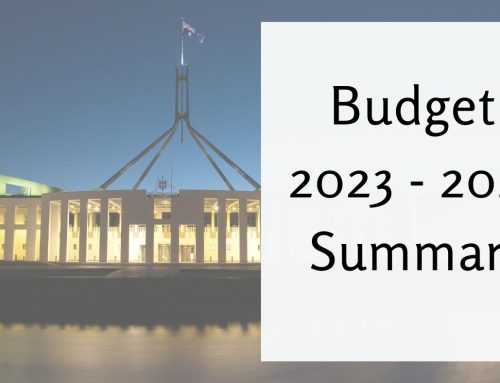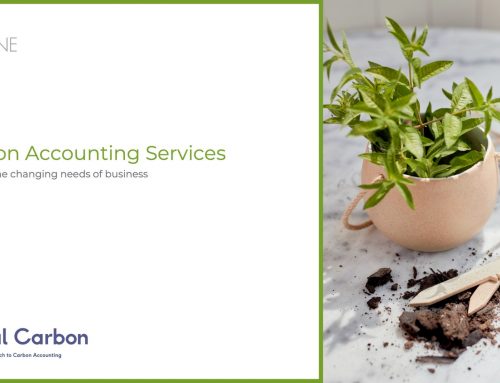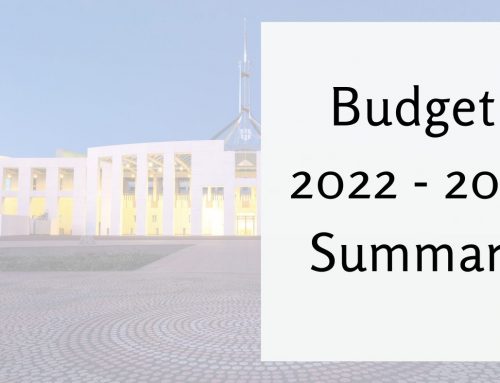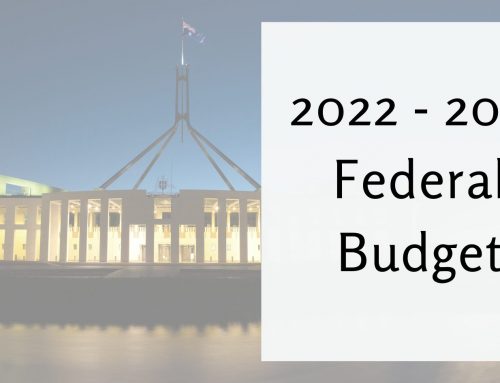1. Temporary Full Expensing
The temporary full expensing of depreciable assets ends on 30 June 2023. In order to be eligible to claim the full expensing a business must have purchased the asset and have the asset installed ready for use. You will not be entitled to fully expense the cost of the depreciable asset unless the item is installed ready for use. As such, if you have an item that is not yet installed, it would be an opportune time to focus on making sure that the depreciable asset is installed and works on or before 30 June 2023.
2. Superannuation Contributions
One area that is often overlooked is employee superannuation when we head towards 30 June. The compulsory SGC superannuation contribution rate for the year ended 30 June 2023was 10.5%. With effect from 1 July, the SGC rate increases to 11%. It should also be noted that superannuation must now be paid irrespective of how much an employee earns during a month. Prior to this financial year there was a cap of $450 such that if an employee earned less than $450 in a month the employer was not required to pay that employee superannuation. This is no longer the case. Hence, it would be an opportune time to ensure that you have paid all superannuation owing to employees for the year.
To ensure that you are able to claim a tax deduction for the SGC superannuation contributions the contributions must have been paid within 28 days after the end of the quarter in which they were due to be paid. That is, you can claim the deduction if your SGC employee superannuation contributions were paid on or before 28 July 2022, 28 October 2022, 28 January 2023 and 28 April 2023. If paid outside of these dates you are not entitled to claim a tax deduction for the contribution paid.
Coming into the 30 June 2023, if you have sufficient cash flow you could pay the employee’s superannuation contribution for the June 2023 quarter prior to 30 June. If you do so, you will be entitled to claim the tax deduction in the 2023 tax year. Remember, superannuation deductions are claimable only when paid. If you pay the June 2023 quarterly superannuation obligation in July then you have to wait a full year to claim the deduction. Hence, if cash flow allows, better to pay in the June rather than the July.
3. Accrued Expenses
If you have a presently existing obligation or liability to pay an expense even though you may not have received the invoice by 30 June or did not make the payment by 30 June, you are still able to claim the deduction in the year the liability arose. For example, if your pay cycle is fortnightly and your next wages payment date is 5th July, you could accrue the wages costs incurred between 22 June and 30 June and claim a tax deduction for the accrued expense.
Similarly, if you have not physically paid bonuses by 30 June you are still able to claim the deduction for the cost of the bonus provided that you have an obligation to pay the amount accrued as at 30 June. To be entitled to a deduction for the accrued bonus the bonus must be quantifiable by 30 June, it must be approved by 30 June and you must notify the employees that they are entitled to a bonus by 30 June.
4. Bad Debts
You should review your Accounts Receivables owing prior to 30 June to assess whether there are any debtors outstanding that are unlikely to pay and that you have done everything possible to seek payment. What would be sufficient to demonstrate that you have done what is possible to chase the debt will vary depending on the business and the circumstances of the debtor. For example, a $200 debt would cost the business more to chase than simply write off. In contrast, if you had a $200,000 debt owing then you would expect to see some correspondence between your lawyers and the debtor as well as other communications with the debtor evidencing that you had tried to secure payment. Any bad debt write off should be minuted.
When writing off a bad debt, do not forget to ensure that you adjust for the GST as you have already remitted the GST to the ATO if on the accruals system.
5. Prepaid Expenses
If you have a small or medium business (i.e. aggregated turnover of less than $50m per annum) you may be entitled to claim a deduction for the prepayment of certain expenses such as rent, insurances, interest or subscriptions.
To be able to claim a prepayment the goods or services must be provided/consumed/fully utilised within 12 months from the date of the expenditure.
6. Inventory
There are a couple of things that you should keep in mind when it comes to inventory and year-end tax planning including:
- Undertake a physical stock take on 30 June. This enables you to verify inventory levels to ensure that your computerised stock records align with the stock that is physically held. Unders and overs identified through the annual stocktake will result in adjustments to the year end inventory balances. More importantly, the stock take is likely to identify obsolete and slow moving items of stock and you can then make an assessment as to whether such items should be written down to a value that may be below cost where the likely selling price or market realisable value is less than the original cost of the stock item(s).
- Under Australian tax legislation you have the ability to value each item of inventory according to one of three methods:
- Cost Price Method – this includes all costs associated with bringing the stock to its current condition and location. For finished goods being acquired this may include the cost of the item plus freight, insurances, customs and excise duties and delivery costs. For manufactured goods the cost price method should be based on a full absorption costing methodology.
- Market Selling Value Method – this method uses the current value of stock if it is sold in the normal course of business
- Replacement Value Method – this method uses the cost to obtain an almost identical item that is available in the market on the last day of the income year.
Please note that if you have cattle or other animals as inventory you need to take into account natural increases (births) and natural decreases (deaths) as part of working out your stock.
7. June 2023 Quarterly PAYG Income Instalments
As business conditions may have deteriorated in the June 2023 quarter, it is worth reviewing your PAYG Income Instalment to ensure that you are not overpaying the ATO. This is important as it can assist in preserving your cash flow. If you review the year to date position and expect that 2023’s income tax liability will be less than last year’s tax then you should take into account what PAYG Income Instalments that you have paid to date for the September 2022, December 2022 and March 2023 instalments, compare the total to what you expect to pay for the full 2023 tax year and adjust your June 2023 instalment appropriately if it would result in a reduction in your June 2023 quarterly instalment.
Also, if you were to implement some or all of the above items to improve your 2023 tax position then you may also need to re-assess what your June 2023 PAYG Income Instalment should be.
If you would like to discuss any or all of the matters addressed above to enhance your 2023 tax position, please do not hesitate to contact our office.





